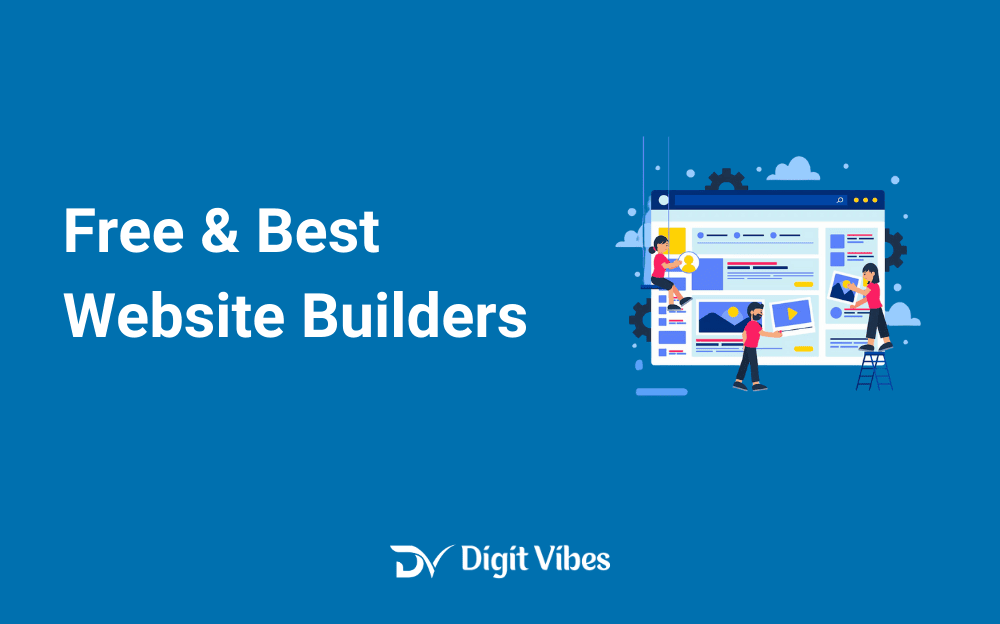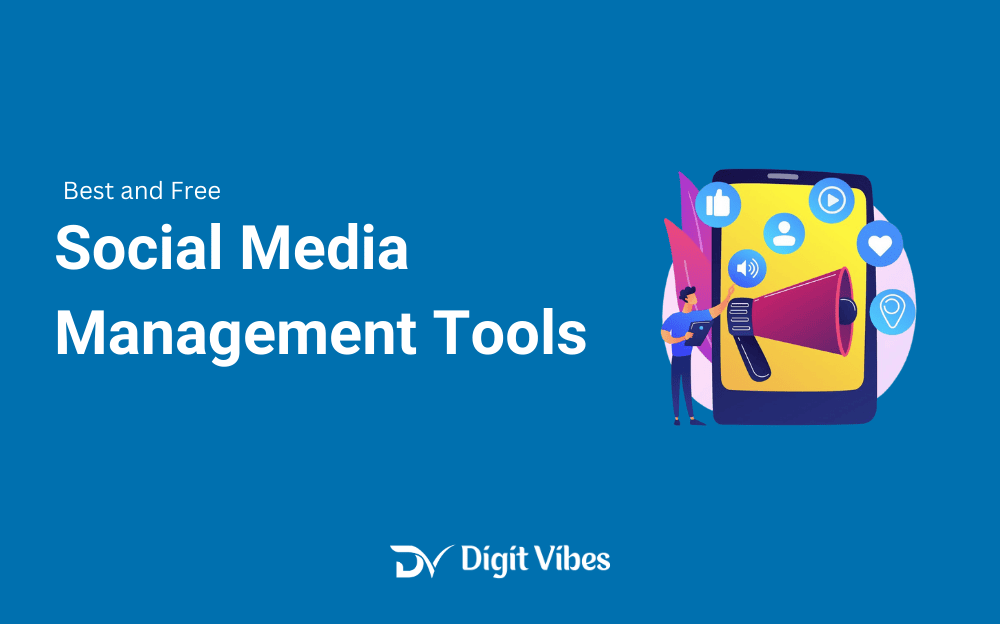Ever clicked on a website, waited a few seconds, and then left out of frustration? You’re not alone!
In today’s fast-paced digital world, website performance is crucial—not just for keeping visitors happy, but also for boosting your SEO.
In this guide, you will learn how optimizing your website’s performance can significantly impact your SEO, and why it should be a priority in your online strategy.
Why Website Speed Matters More Than Ever?
Let’s start with speed. In a world where we’re all accustomed to instant access, a slow website is a big no-no. Research shows that if a website takes more than three seconds to load, a significant number of visitors will simply leave.
Three seconds—sounds crazy, right? But it’s true! Those few seconds can be the difference between gaining a new customer and losing them to a competitor.
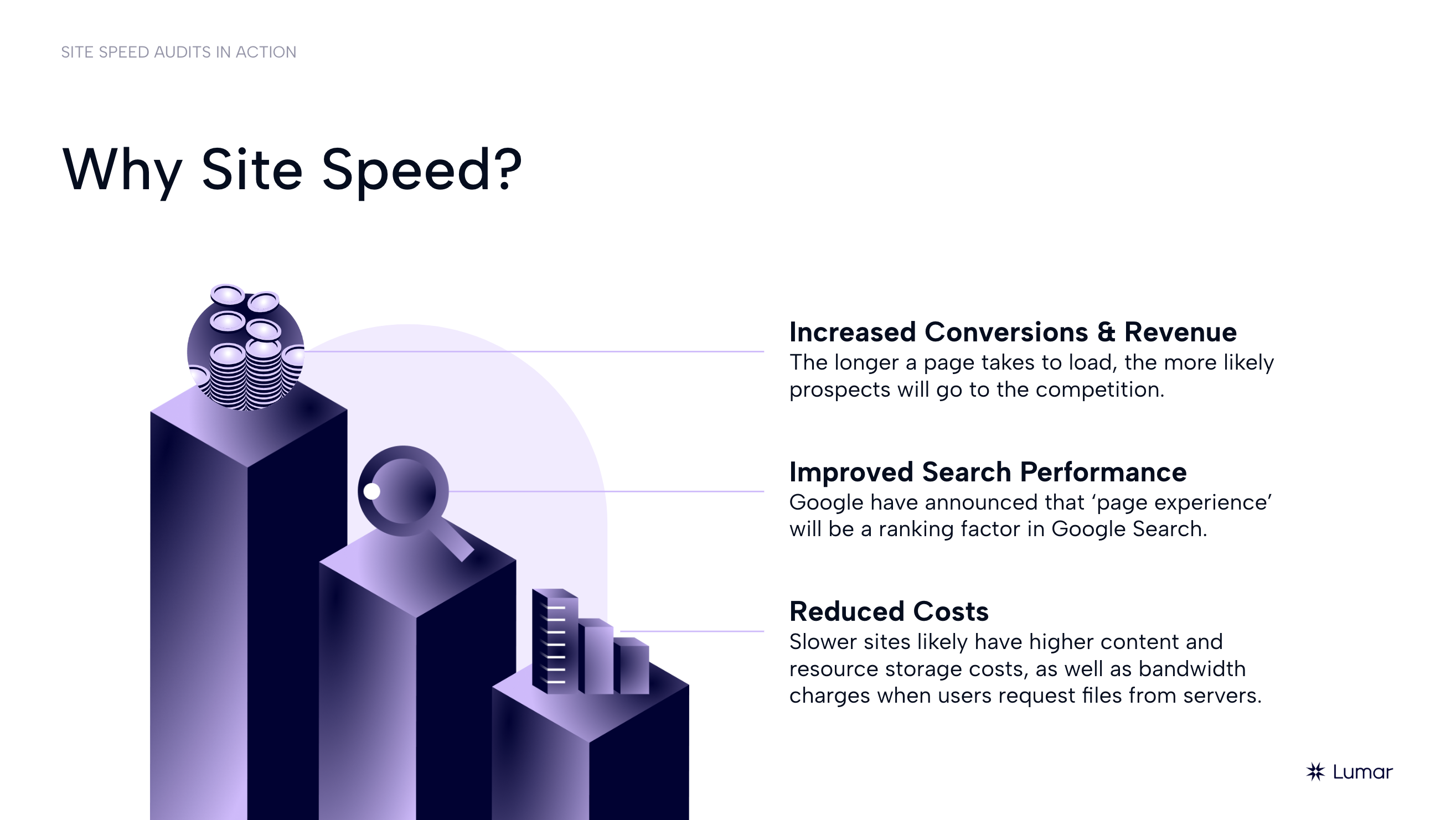
But here’s the kicker: speed doesn’t just affect your user experience; it also plays a huge role in how search engines, like Google, rank your site. Google has made it clear that website speed is a ranking factor.
So, if your site is slow, it’s likely to be pushed down in search results, making it harder for potential customers to find you.
A slow website equals lower search engine rankings, which means less traffic and fewer opportunities.
The Connection Between Speed and SEO
Why does Google care so much about speed? It’s all about user satisfaction. Google’s goal is to deliver the best possible experience to its users, and a slow-loading website doesn’t meet that standard.
When users bounce off a site because it’s slow, it signals to Google that the site isn’t providing a good experience. As a result, Google is less likely to show that site to other users in the future. And that’s not all.
A slow site can also impact your crawl budget—the amount of time Google spends crawling your site.
If your pages take too long to load, Google’s bots might not crawl as many pages, meaning some of your content might not get indexed, which can further hurt your SEO.
Mobile Optimization: A Must for SEO Success
Next up is mobile optimization. Did you know that over half of all web traffic comes from mobile devices? That’s right! And with this shift in how people browse, having a mobile-friendly website is no longer optional—it’s essential.
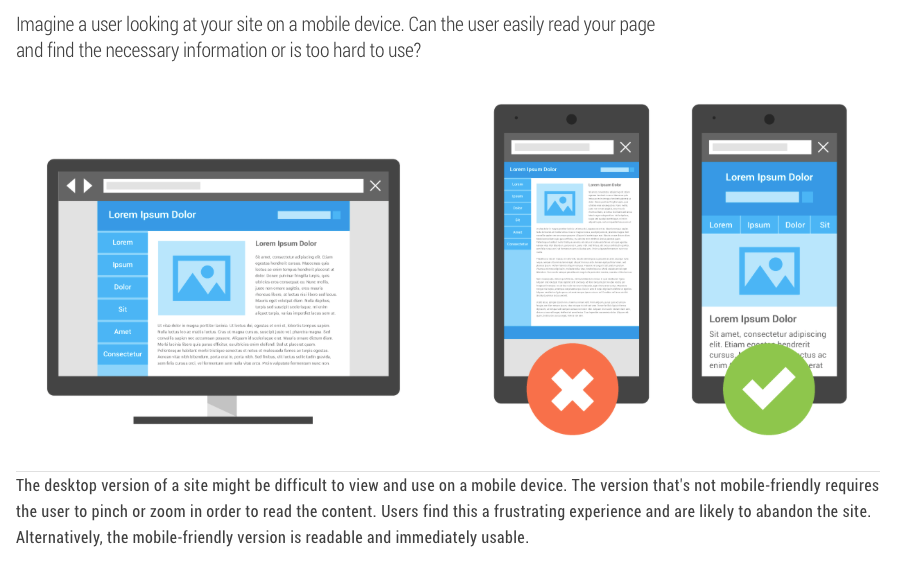
Google knows this too and now uses mobile-first indexing. This means Google primarily uses the mobile version of your site for ranking and indexing. If your site isn’t optimized for mobile, you’re not just frustrating half of your visitors; you’re also sending a negative signal to Google.
A site that doesn’t perform well on mobile devices is likely to be ranked lower, meaning less visibility and fewer clicks.
What Does Mobile Optimization Is Necessary?
Mobile optimization goes beyond just making your site look good on a smaller screen. It involves ensuring that your site loads quickly on mobile devices, is easy to navigate with touch, and has content that’s easy to read without pinching and zooming.
It also means avoiding large, unoptimized images or flash content that can slow down load times or fail to display on mobile devices.
Not sure how your site stacks up on mobile? Google’s mobile-friendly test is a great place to start. It provides insights into areas that need improvement, so you can make the necessary adjustments to boost your mobile SEO.
User Experience (UX) and Its Impact on SEO
User experience, or UX, is another key factor that ties directly into both performance and SEO.
Think of UX as the overall vibe of your website—how easy it is to use, how quickly users can find what they’re looking for, and how enjoyable their experience is.
Google takes UX into account, especially through metrics like bounce rate, time on site, and pages per session. If users are leaving your site quickly (high bounce rate) or not spending much time exploring (low time on site), it signals to Google that your site might not be delivering a good experience.
This can lead to lower rankings…
Elements of Good UX
So, what makes for good UX? It’s all about meeting the needs of your users.
This includes having a clear and intuitive navigation structure, providing content that’s easy to read and engaging, and making sure your site is accessible to all users, including those with disabilities.
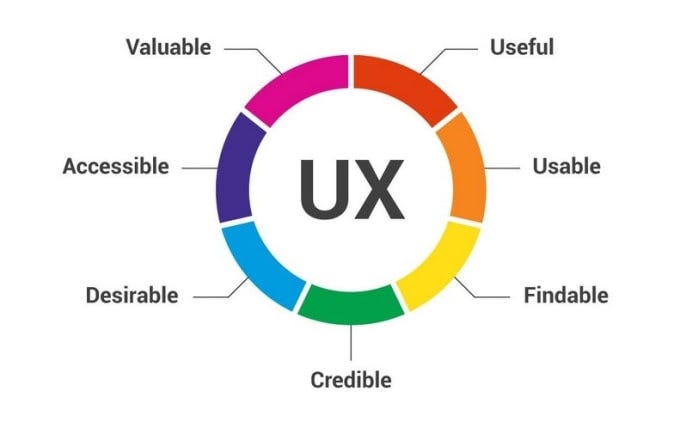
Performance plays a huge role here too. Even if your site is beautifully designed, if it’s slow or unresponsive, users won’t stick around. Optimizing for speed enhances UX, leading to happier users and better SEO results.
The Role of Core Web Vitals in SEO
You’ve probably heard of Core Web Vitals, a set of metrics that Google uses to evaluate the quality of user experience on a site. These metrics focus on key aspects of performance, such as loading speed, interactivity, and visual stability.
- Largest Contentful Paint (LCP): This measures loading performance. To provide a good user experience, LCP should occur within 2.5 seconds of when the page first starts loading.
- First Input Delay (FID): This measures interactivity. Pages should have an FID of less than 100 milliseconds.
- Cumulative Layout Shift (CLS): This measures visual stability. Pages should maintain a CLS of less than 0.1.
Google has made it clear that these metrics are important ranking factors. If your site performs well on Core Web Vitals, it’s more likely to rank higher in search results.
How to Optimize Your Website’s Performance?
Now that you understand why performance is critical for SEO, let’s talk about how to optimize your site. Here are some actionable tips:
- Optimize Images: Large images can slow down your site significantly. Use image compression tools to reduce file sizes without sacrificing quality.
- Minimize HTTP Requests: Each element on your page (images, scripts, stylesheets) requires an HTTP request. The fewer requests your site has to make, the faster it will load.
- Use a Content Delivery Network (CDN): A CDN stores copies of your site on multiple servers around the world. When a user visits your site, the CDN serves the site from the server closest to them, reducing load times.
- Leverage Browser Caching: Caching stores some of your site’s files in a user’s browser so they don’t have to reload the entire page on subsequent visits. This can dramatically reduce load times.
- Optimize Your Server Response Time: Slow server response times can drag down your site’s performance. Consider upgrading your hosting plan, using a faster DNS provider, or optimizing your database to improve response times.
- Implement Lazy Loading: Lazy loading defers the loading of non-critical resources (like images) until they’re needed. This can significantly speed up your initial load time.
Final Thoughts
Website performance optimization isn’t just a technical task—it’s a strategic advantage. By focusing on speed, mobile optimization, and user experience, you can significantly boost your SEO and stay ahead of the competition.
Remember, in the digital world, first impressions matter. A fast, responsive website not only attracts visitors but also keeps them coming back.
So, if you haven’t started optimizing your site yet, now’s the time. Implement these strategies, keep an eye on your Core Web Vitals, and watch as your SEO—and your business—thrives.


